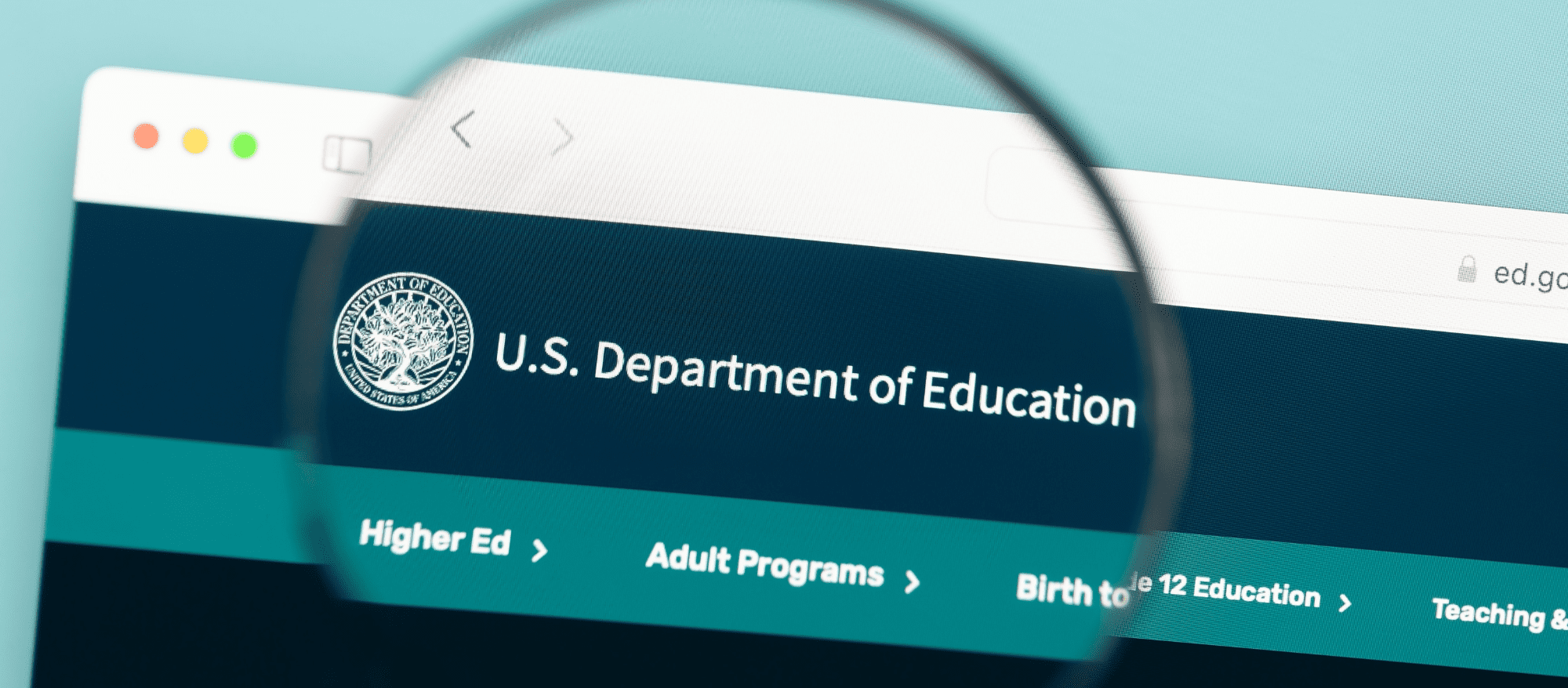Over the last few months, many federal changes have been made affecting how students can borrow and get grants for college. In February 2025, the Department of Education suddenly took down applications for income-driven repayment (IDR) plans—what many borrowers rely on to keep monthly payments low—then partially reopened them in late March. Meanwhile, the popular SAVE plan is stuck in forbearance until fall 2025, pandemic-era breaks on Parent PLUS loans will end by July, and Congress faces a roughly $2.7 billion Pell Grant shortfall for the 2025–26 year. Together, these changes make scholarships more important than ever to help students avoid extra debt.
What Exactly Changed and When?
One-Time Payment Count Adjustments
- To correct past processing delays, the DOE completed a payment-count adjustment in fall 2024, retroactively crediting missed months toward IDR forgiveness and Public Service Loan Forgiveness targets. Updated counts began appearing in borrower portals in January 2025 (studentaid.gov).
IDR applications paused (Feb 21, 2025)
- The DOE removed both online and paper forms for all income-driven plans, leaving borrowers unable to sign up or recertify (vinfoundation.org).
Partial reopening (Mar 26, 2025)
- After a court blocked the SAVE plan, the DOE reopened applications, but only for older plans (IBR, PAYE, ICR), not SAVE itself (ed.gov, investopedia.com).
SAVE plan in forbearance until fall 2025
- Borrowers on SAVE aren’t making progress toward forgiveness, they’re simply not being billed until at least fall 2025, with first recertification no earlier than Feb 1, 2026 (ed.gov).
Resumption of Collections for Defaulted Loans (starting May 5, 2025)
- With the pandemic-era repayment freeze ended, the federal government will restart involuntary collections (wage garnishment, tax refund offsets, Social Security withholding) on May 5, 2025, risking severe financial hardship for borrowers in default (time.com).
Parent PLUS flexibilities end (by July 2025)
- Pandemic-era relief, like lenient late-payment handling for Parent PLUS loans, will phase out, reinstating stricter credit and repayment rules for parents (ies.ed.gov).
Pell Grant funding gap
- The Congressional Budget Office projects about a $2.7 billion shortfall in Pell appropriations for 2025–26, threatening either award cuts or eligibility limits unless Congress provides more funding (nasfaa.org, ncan.org).
What This Means for Students
- Fewer Low-Cost Loan Options
With IDR blocked and SAVE unavailable, borrowers may default to standard 10-year or graduated plans that can mean much higher monthly bills (washingtonpost.com).
- Loss of Automatic Breaks
Families who used pandemic-era breaks on Parent PLUS will now face normal late-fee rules and credit checks, adding stress and potential costs (ies.ed.gov).
- Worry Over Grant Cuts
If Pell awards shrink or eligibility tightens, low-income students could see larger out-of-pocket tuition bills, making scholarships a critical stopgap (nasfaa.org).
Why Scholarships Matter More Than Ever
No Repayment Needed
Scholarships reduce tuition directly—students never have to pay them back.
Stable Support
Unlike loans, scholarship amounts aren’t subject to court rulings or annual budget fights.
Better Outcomes
Research shows that scholarship recipients are up to 30% more likely to finish their degrees on time because they worry less about money (nasfaa.org).
Opportunities for Scholarship Providers
- Expand Deadlines & Capacity
Expect more students to apply, consider rolling deadlines or extra review staff to speed decisions.
- Target Affected Families
Reach out specifically to Parent PLUS borrowers who’ll lose pandemic breaks with tailored awards or mini-grants.
- Build Partnerships
Team up with state agencies, employers, or community foundations to boost scholarship funding pools.
- Communicate Clearly
Send simple guides on changing loan rules and scholarship options, early outreach reduces confusion and stress.
Bottom Line: As federal loan rules shift and Pell funding strains, institutional scholarships are the clearest way to keep college affordable. Providers who streamline processes, tailor aid to newly vulnerable groups, and partner broadly can turn policy turbulence into an opportunity, helping students stay on track without unsustainable debt.

